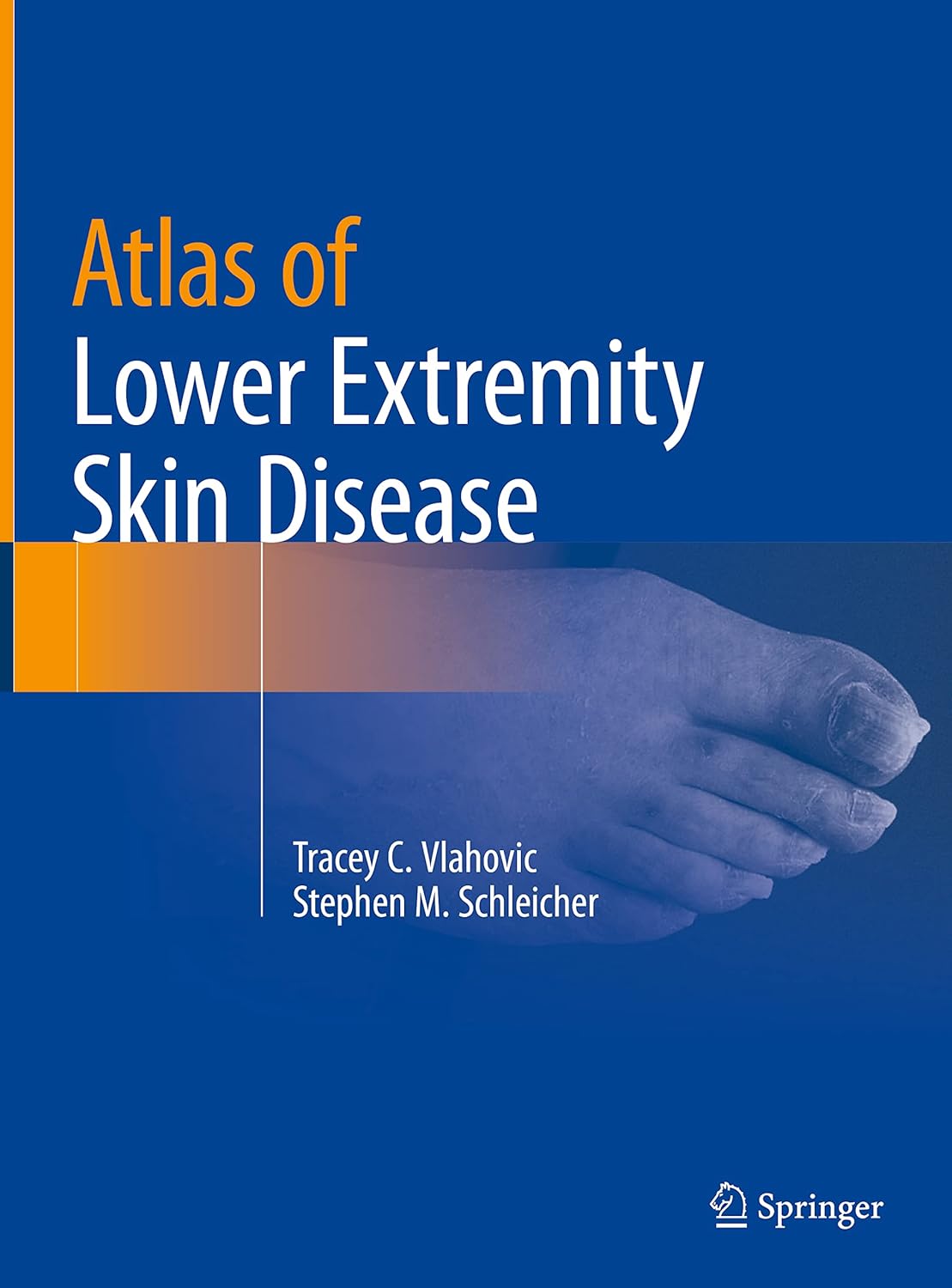
Lower extremity skin disorders are often overlooked by clinicians. Ailments such as eczema, psoriasis and tinea at times prove difficult to distinguish clinically, and misdiagnosis can lead to inappropriate therapy. Many practitioners are mystified when confronted with an abnormal appearing nail. Delay in recognizing skin cancer may adversely impact morbidity and mortality. This full-color atlas is a concise guide for medical professionals who deal with the lower extremities and will aid in both diagnosis and treatment. Topics featured in the Atlas include nail pathology, fungal and bacterial infections, xerotic and hyperkeratotic disorders, autoimmune diseases and vasculopathies, benign and malignant lesions, systemic diseases, and ulcerations. Each chapter contains vibrant photographic representative examples. Concluding chapters present a review of biopsy techniques as well as an overview of current dermatological therapies. The Atlas of Lower Extremity Skin Disease is a unique resource for podiatrists, dermatologists, and primary care physicians as well as nurse practitioners and physician assistants.


